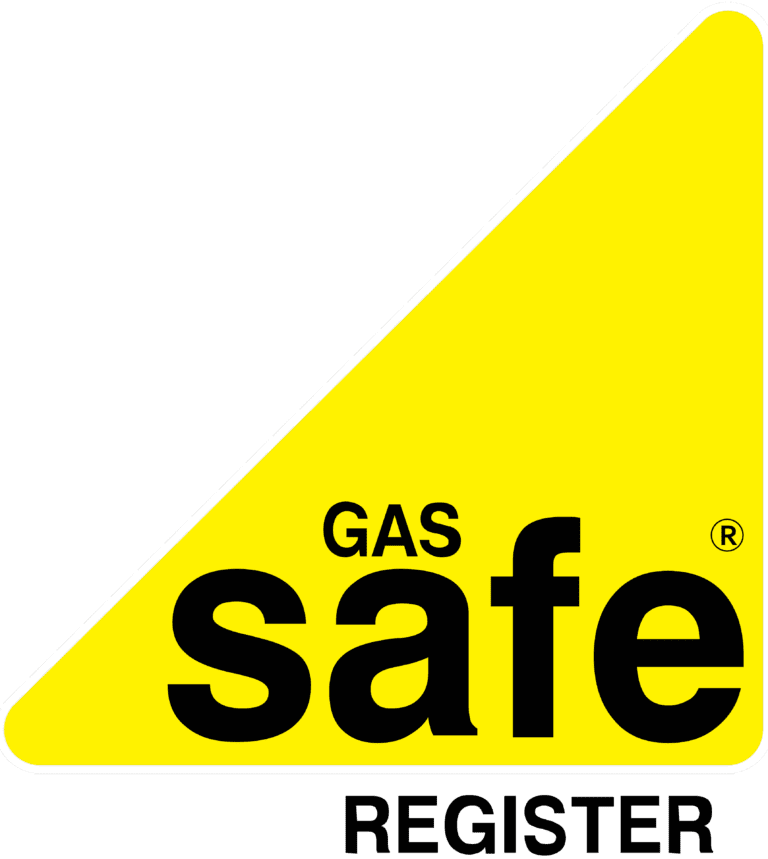How to unblock a clogged drain in your bathroom
Table of Contents
How to Unblock a Clogged Drain in Your Bathroom
Clogged drains are a common household nuisance that can disrupt your daily routine. If you’re experiencing a clogged drain in your bathroom, there’s no need to panic. With a few simple tools and techniques, you can easily unclog the drain and restore the functionality of your plumbing. In this article, we will guide you through the process of unblocking a clogged drain in your bathroom, step by step.
Understanding the Causes of Clogged Drains
Before we delve into the solutions, it’s important to understand the common causes of clogged drains. By identifying the root cause, you can implement preventive measures to avoid future clogs.
- Hair Build-up: One of the primary culprits behind bathroom drain clogs is hair. Over time, hair can accumulate and create a blockage, impeding the flow of water.
- Soap Scum and Residue: Soap scum and residue from personal care products can also contribute to clogged drains. These substances can stick to the walls of the pipes and accumulate over time, leading to a blockage.
- Foreign Objects: Accidentally dropping small objects like jewelry, cotton swabs, or dental floss into the drain can cause blockages. These items can get stuck in the pipe, hindering water flow.
Preventive Measures to Avoid Clogged Drains
Prevention is always better than dealing with a clogged drain. Here are some preventive measures you can take to keep your bathroom drains clear:
- Use Drain Guards: Install drain guards or screens over your drains to catch hair, soap residue, and other debris before they enter the pipes.
- Regularly Clean Drains: Schedule routine cleaning of your drains using a mixture of hot water and vinegar. This helps dissolve any accumulated residue and keeps the pipes clear.
- Avoid Flushing Foreign Objects: Be mindful of what you flush down the toilet or wash down the sink. Dispose of foreign objects in the appropriate waste bins instead.
Tools and Materials You’ll Need
To unblock a clogged drain, gather the following tools and materials:
- Plunger: A plunger is an essential tool for clearing clogs in toilets and sinks. Make sure you have a plunger specifically designed for the sink or bathtub.
- Drain Snake: A drain snake, also known as a plumbing auger, is useful for removing stubborn clogs that cannot be cleared with a plunger.
- Baking Soda and Vinegar: This natural and eco-friendly combination can be used as a homemade drain cleaner to dissolve mild clogs and eliminate odors.
Step-by-Step Guide to Unclog a Drain
Now let’s get into the step-by-step process of unclogging a drain in your bathroom:
Remove Any Visible Debris: Start by removing any visible debris or hair that may be blocking the drain opening. Use a pair of gloves or tweezers to pull out the clog gently. Dispose of the debris in a bin.
Use a Plunger: If the clog persists, grab a plunger that is specifically designed for sinks or bathtubs. Fill the sink or tub partially with water to create a seal around the plunger. Place the plunger over the drain and vigorously push and pull to create suction. Repeat this motion several times until you feel the clog loosening.
Try a Drain Snake: If the plunger doesn’t do the trick, it’s time to bring out the drain snake. Insert the drain snake into the drain and rotate the handle clockwise while gently pushing it forward. Keep turning the handle until you feel resistance. This indicates that the snake has reached the clog. Continue rotating and pushing until the snake breaks through the clog or pulls it out.
Use Baking Soda and Vinegar: For mild clogs or to maintain a clean and odor-free drain, try using a mixture of baking soda and vinegar. Start by pouring half a cup of baking soda down the drain, followed by half a cup of vinegar. Let the mixture sit for about 15 minutes to allow it to fizz and break down the clog. Finally, flush the drain with hot water to wash away the dissolved debris.
Flush with Hot Water: After using any of the previous methods, flush the drain with hot water to ensure the clog is completely cleared. Run hot water from the tap for a few minutes to help dislodge any remaining residue and promote smooth drainage.
When to Seek Professional Help
In most cases, the methods outlined above should effectively unclog your bathroom drain. However, there are instances where the clog may be severe or located deep within the plumbing system. If you have tried the DIY methods without success or suspect a more complex issue, it’s best to seek professional help from a licensed plumber. They have the expertise and specialized equipment to tackle stubborn clogs and ensure proper functioning of your drains.
Conclusion
Dealing with a clogged drain in your bathroom can be frustrating, but with the right tools and techniques, you can successfully unblock it. Remember to take preventive measures such as using drain guards, regularly cleaning your drains, and avoiding flushing foreign objects. If a clog does occur, try removing visible debris, using a plunger, employing a drain snake, or utilizing a mixture of baking soda and vinegar. And if all else fails, don’t hesitate to call a professional plumber for assistance. With these methods, you can keep your bathroom drains clear and maintain a smoothly running plumbing system.
FAQs (Frequently Asked Questions)
Q: Can I use chemical drain cleaners to unblock my bathroom drain? A: While chemical drain cleaners can be effective, they often contain harsh ingredients that can damage your pipes and harm the environment. It’s best to try natural methods first or seek professional help if needed.
Q: Why does my bathroom drain get clogged frequently? A: Several factors can contribute to frequent drain clogs in the bathroom, including hair build-up, soap residue, and flushing inappropriate items. Implementing preventive measures and regular maintenance can help reduce the occurrence of clogs.
Q: Can I use a plunger to unblock a bathtub drain? A: Yes, a plunger designed for sinks or bathtubs can be used to create suction and dislodge clogs in the drain. Ensure you have a good seal and apply firm pressure when plunging.
Q: How often should I clean my bathroom drains to prevent clogs? A: It’s recommended to clean your bathroom drains at least once a month to remove any accumulated debris and prevent clogs from forming. Regular maintenance can help maintain the proper flow of water.
Q: When should I call a professional plumber? A: If your DIY efforts don’t resolve the clog or if you suspect a more complex issue, it’s best to contact a professional plumber. They have the expertise and equipment to identify and fix plumbing problems effectively.
Remember, maintaining clear and functional drains in your bathroom is essential for a smoothly running plumbing system. By following the preventive measures and utilizing the step-by-step guide provided in this article, you can unblock clogged drains and keep them running smoothly. If you encounter persistent or severe clogs, don’t hesitate to seek professional assistance. Enjoy a hassle-free and functional bathroom drainage system!

